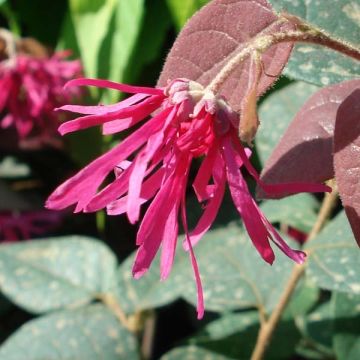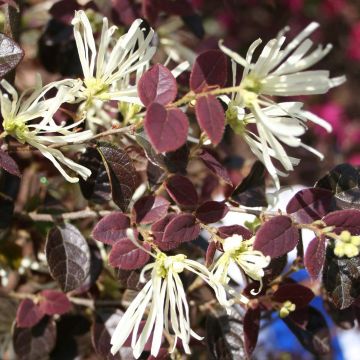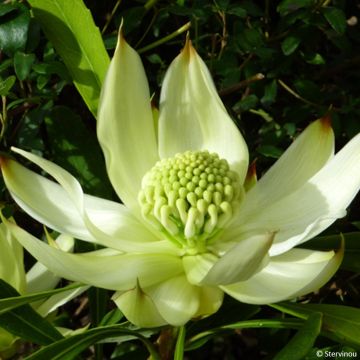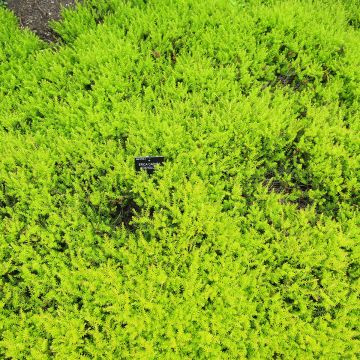

Loropetalum chinense


Loropetalum chinense
Loropetalum chinense
Loropetalum chinense
Chinese Witch Hazel, Chinese Fringe Flower
This plant carries a 24 months recovery warranty
More information
We guarantee the quality of our plants for a full growing cycle, and will replace at our expense any plant that fails to recover under normal climatic and planting conditions.
From €5.90 for pickup delivery and €6.90 for home delivery
Express home delivery from €8.90.
Does this plant fit my garden?
Set up your Plantfit profile →
Description
Loropetalum chinense is a delightful shrub that has the main advantage of flowering from the end of winter. In February-March, it is adorned with unique slightly scented white flowers. The flowers will cover the evergreen foliage in mild climates. They are adorned with thin, ribbon-like petals that give the flower the appearance of a spider. While it is relatively tolerant of heat and drought once well established, it prefers partial shade, limestone-free soils... and mild climates!
Loropetalum chinense, or Chinese Fringe Flower, is a shrub of the Hamamelidaceae family, is recognised by its 4 long ribbon-like petals that resemble those of the Hamamelis. It is native to the forests and copses of the Himalayas, in China, and the northern and eastern regions of India, where it grows up to 1200m (3937 ft) altitude.
It has a bushy habit, both dense and spreading, in a cushion shape. Its branches are long and flexible. It will reach a height of about 2m (6 ft 7 in) with a similar spread at maturity. Overtime, it can still grow - some unpruned specimens reach heights of up to 10m (32 ft 10 in)! It develops evergreen foliage in milder climates. The leaves, entire and ovate in shape, measure 2 to 5 cm (0.8 to 2 in) in length. They are red when they first emerge, then become mid green as the days lengthen. The abundant, honey-scented and nectar-rich flowers occur from February to May, depending on the climate, and last about 3 weeks. The flowers are in groups of 3 to 6 on the axils of the leaves, along the branches. They are composed of 4 thin petals, slightly twisted, and pure white in colour. They release a subtle honey fragrance.
This Chinese Fringe Flower prefers to be planted in partial shade in a limestone-free soil. It is hardy down to -10°C and is suitable for mild and cool climates in summer. However, young plants can suffer from -6/-7°C (21.2/19.4 °F), so they will need protection from severe frosts.
Loropetalums are in fashion: unique, well-suited for potted cultivation, compact, they appeal to urban gardeners as well as lovers of English gardens. They stand out in spring scenes, beautifully coloured when the garden is still very sparse with flowers. Early in the season, their honey-scented flowers are also a good source of nectar for bees. You can grow them in pots in cold regions, in a limestone-free but fertile potting soil, and stored in winter. They can be used in an informal hedge, or within a mixed border of heathland shrubs with staggered flowering: camellias, hamamelis, azaleas and rhododendrons, andromedas and hydrangeas, for example. It can also be grown as a bonsai. Like deciduous azaleas, with which it forms sublime combinations, Loropetalum chinense is quite water-efficient once well established. In neutral soil and mild climates, it will accompany the flowering of China roses (Old Blush) as early as February.
Report an error about the product description
Loropetalum chinense in pictures
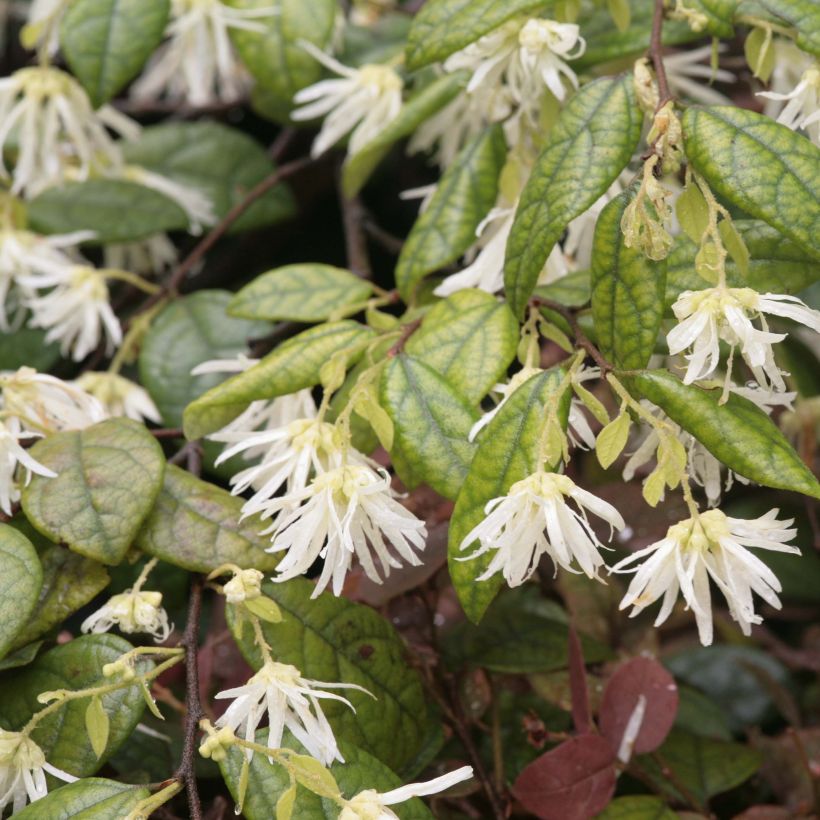

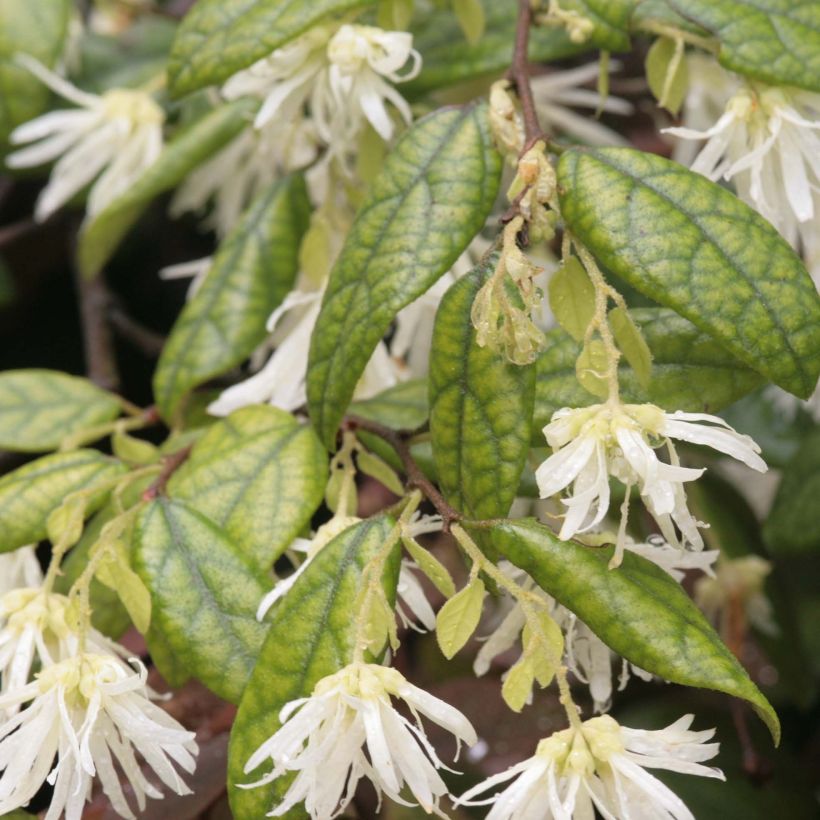

Plant habit
Flowering
Foliage
Botanical data
Loropetalum
chinense
Hamamelidaceae
Chinese Witch Hazel, Chinese Fringe Flower
Cultivar or hybrid
Other Loropetalum
Planting and care
Loropetalum chinense thrives in partial shade in a moist but well-drained, acidic and humus-rich soil. It does not tolerate limestone and the leaves turn yellow in the presence high concentrations of limestone. If this occurs, treat it with iron chelate. This bush tolerates slightly clay soils. Loropetalum can withstand temperatures as low as -10°C (14 °F), so it is best to plant it in a sheltered location. In winter, protect it in the coldest regions with a good mulch and/or a winter veil. In spring, apply fertilizer. Pruning is not necessary. If required, prune after flowering. Lightly prune by 10 cm (3.9 in) and remove branches that effect its shape.
Planting period
Intended location
Care
This item has not been reviewed yet - be the first to leave a review about it.
Evergreen shrubs
Haven't found what you were looking for?
Hardiness is the lowest winter temperature a plant can endure without suffering serious damage or even dying. However, hardiness is affected by location (a sheltered area, such as a patio), protection (winter cover) and soil type (hardiness is improved by well-drained soil).

Photo Sharing Terms & Conditions
In order to encourage gardeners to interact and share their experiences, Promesse de fleurs offers various media enabling content to be uploaded onto its Site - in particular via the ‘Photo sharing’ module.
The User agrees to refrain from:
- Posting any content that is illegal, prejudicial, insulting, racist, inciteful to hatred, revisionist, contrary to public decency, that infringes on privacy or on the privacy rights of third parties, in particular the publicity rights of persons and goods, intellectual property rights, or the right to privacy.
- Submitting content on behalf of a third party;
- Impersonate the identity of a third party and/or publish any personal information about a third party;
In general, the User undertakes to refrain from any unethical behaviour.
All Content (in particular text, comments, files, images, photos, videos, creative works, etc.), which may be subject to property or intellectual property rights, image or other private rights, shall remain the property of the User, subject to the limited rights granted by the terms of the licence granted by Promesse de fleurs as stated below. Users are at liberty to publish or not to publish such Content on the Site, notably via the ‘Photo Sharing’ facility, and accept that this Content shall be made public and freely accessible, notably on the Internet.
Users further acknowledge, undertake to have ,and guarantee that they hold all necessary rights and permissions to publish such material on the Site, in particular with regard to the legislation in force pertaining to any privacy, property, intellectual property, image, or contractual rights, or rights of any other nature. By publishing such Content on the Site, Users acknowledge accepting full liability as publishers of the Content within the meaning of the law, and grant Promesse de fleurs, free of charge, an inclusive, worldwide licence for the said Content for the entire duration of its publication, including all reproduction, representation, up/downloading, displaying, performing, transmission, and storage rights.
Users also grant permission for their name to be linked to the Content and accept that this link may not always be made available.
By engaging in posting material, Users consent to their Content becoming automatically accessible on the Internet, in particular on other sites and/or blogs and/or web pages of the Promesse de fleurs site, including in particular social pages and the Promesse de fleurs catalogue.
Users may secure the removal of entrusted content free of charge by issuing a simple request via our contact form.
The flowering period indicated on our website applies to countries and regions located in USDA zone 8 (France, the United Kingdom, Ireland, the Netherlands, etc.)
It will vary according to where you live:
- In zones 9 to 10 (Italy, Spain, Greece, etc.), flowering will occur about 2 to 4 weeks earlier.
- In zones 6 to 7 (Germany, Poland, Slovenia, and lower mountainous regions), flowering will be delayed by 2 to 3 weeks.
- In zone 5 (Central Europe, Scandinavia), blooming will be delayed by 3 to 5 weeks.
In temperate climates, pruning of spring-flowering shrubs (forsythia, spireas, etc.) should be done just after flowering.
Pruning of summer-flowering shrubs (Indian Lilac, Perovskia, etc.) can be done in winter or spring.
In cold regions as well as with frost-sensitive plants, avoid pruning too early when severe frosts may still occur.
The planting period indicated on our website applies to countries and regions located in USDA zone 8 (France, United Kingdom, Ireland, Netherlands).
It will vary according to where you live:
- In Mediterranean zones (Marseille, Madrid, Milan, etc.), autumn and winter are the best planting periods.
- In continental zones (Strasbourg, Munich, Vienna, etc.), delay planting by 2 to 3 weeks in spring and bring it forward by 2 to 4 weeks in autumn.
- In mountainous regions (the Alps, Pyrenees, Carpathians, etc.), it is best to plant in late spring (May-June) or late summer (August-September).
The harvesting period indicated on our website applies to countries and regions in USDA zone 8 (France, England, Ireland, the Netherlands).
In colder areas (Scandinavia, Poland, Austria...) fruit and vegetable harvests are likely to be delayed by 3-4 weeks.
In warmer areas (Italy, Spain, Greece, etc.), harvesting will probably take place earlier, depending on weather conditions.
The sowing periods indicated on our website apply to countries and regions within USDA Zone 8 (France, UK, Ireland, Netherlands).
In colder areas (Scandinavia, Poland, Austria...), delay any outdoor sowing by 3-4 weeks, or sow under glass.
In warmer climes (Italy, Spain, Greece, etc.), bring outdoor sowing forward by a few weeks.


































